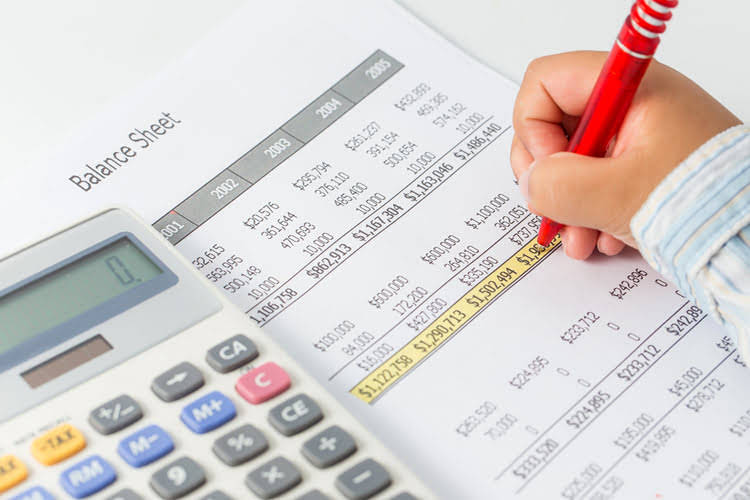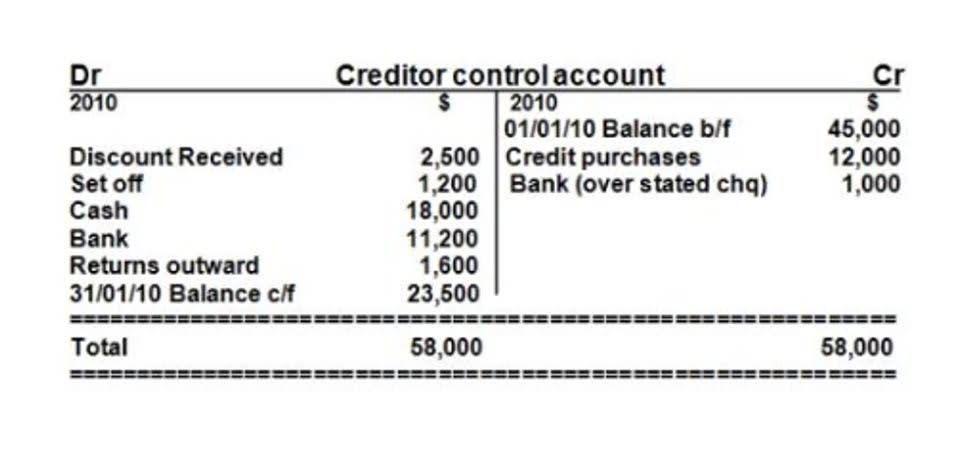
To analyze FIFO and LIFO, you need to create a dataset that includes purchase and sales records. Learn more about what types of businesses use FIFO, real-life examples how to calculate fifo of FIFO, and the relevance of FIFO with frequently asked questions about the FIFO method. It can be easy to lose track of inventory, so adopt a practice of recording each order the day it arrives. This makes it easier to accurately account for your inventory and maintain proper FIFO calculations. The remaining unsold 675 sunglasses will be accounted for in “inventory”. In the next page, we will do a demonstration problem of the FIFO method for process costing.
- Below, we’ll break down the formulas for FIFO and LIFO, along with how to calculate the value of the remaining inventory under each method.
- Suppose a coffee mug brand buys 100 mugs from their supplier for $5 apiece.
- As a result, LIFO doesn’t provide an accurate or up-to-date value of inventory because the valuation is much lower than inventory items at today’s prices.
- In the era of Digital Logistics Platforms, FIFO becomes even more powerful.
( . Cost of goods sold – FIFO method
Under the weighted average method, we use beginning work in process costs AND costs added this period. The use of FIFO method is very common to compute cost of goods sold and the ending balance of inventory under both perpetual and periodic inventory systems. The example given below explains the use of FIFO method in a perpetual inventory system. If you want to understand its use in a periodic inventory system, read “first-in, first-out (FIFO) method in periodic inventory system” article. FIFO stands for first in, first out – it’s an inventory accounting method that accounts for selling the oldest inventory first.

Global eCommerce Made Easy: How to Sell Internationally with Shopify

This means that older inventory will get shipped out before newer inventory and the prices or values of each piece of inventory represents the most accurate estimation. FIFO serves as both an accurate and easy way of calculating ending inventory value as well as a proper way to manage your inventory to save money and benefit your customers. By recording the most recent, higher-cost inventory as an expense first, these companies report higher COGS, which lowers taxable income and reduces tax burdens during inflationary periods.
- The primary difference lies in how each method values the Cost of Goods Sold (COGS) and ending inventory.
- As we continue to innovate and adapt to changing market conditions, FIFO remains a cornerstone of effective inventory management.
- Automation reduces human error, saves time, and provides up-to-date financial visibility, which is essential for strategy and compliance.
- However, FIFO makes this assumption in order for the COGS calculation to work.
- It ensures that older stock is sold before it expires, reducing the risk of spoilage, obsolescence, or product waste.
- While FIFO and LIFO are the most used methods, weighted average cost (WAC) offers a third options that smooths out price fluctuations.
What Types of Companies Often Use LIFO?
- However, companies should consider their circumstances and consult with accounting professionals to choose the best method.
- Companies looking to minimize taxes often prefer LIFO, which allows them to deduct the cost of newer, higher-priced inventory.
- FIFO has several advantages, including being straightforward, intuitive, and reflects the real flow of inventory in most business practices.
- So you see, using LIFO, your company reports the higher cost of goods sold because of the increasing cost of inventory and lower gross profit compared to FIFO.
- As we shall see in the following example, both periodic and perpetual inventory systems provide the same value of ending inventory under the FIFO method.
Economic Order Quantity Calculator – this tool will help you find out the best viable number of items you need to order to maintain sales most cost-effectively. Car parts, especially those with limited shelf lives like rubber or certain composites, are better managed using FIFO. It ensures that older components are used in production first, guaranteeing the quality of the final product. The FIFO calculator used in this industry can help streamline production costs and manage inventory effectively. Moreover, it’s an internationally recognized bookkeeping method, which makes doing balance sheet business with other companies overseas pretty seamless.

What’s the difference between FIFO and LIFO?

Conversely, the Last-In, First-Out (LIFO) method assumes the most recently purchased inventory items are the first ones sold. Though gym bookkeeping it may not mirror physical movement, it is permitted for accounting in the United States. A company might use LIFO for accounting even if physical inventory management follows FIFO. This method essentially matches the most recent costs against current revenues. For many businesses, FIFO is a convenient inventory valuation method because it reflects the order in which inventory units are actually sold.


